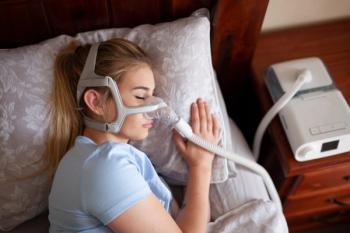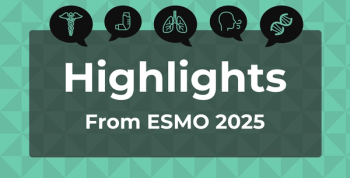
Medicare Bills Rise as Records Turn Electronic
When the federal government began providing billions of dollars in incentives to push hospitals and physicians to use electronic medical and billing records, the goal was not only to improve efficiency and patient safety, but also to reduce health care costs.
But, in reality, the move to electronic health records may be contributing to billions of dollars in higher costs for
Read the full story:
Source: The New York Times
Newsletter
Stay ahead of policy, cost, and value—subscribe to AJMC for expert insights at the intersection of clinical care and health economics.







































